Living in a small space doesn’t mean we have to sacrifice comfort or style. In fact, with a bit of creativity and smart planning, we can transform even the tiniest areas into functional and inviting environments. Whether it’s a cozy apartment, a compact home office, or a minimalist studio, every square foot offers opportunities to maximize utility without feeling cramped.
In this article, we’ll explore innovative strategies and clever hacks that help us make the most of our limited space. From multifunctional furniture to efficient storage solutions, we’ll share practical tips that empower us to create versatile and stylish spaces that cater to our needs. Let’s dive into the world of small space living and discover how to turn our compact areas into havens of productivity and comfort.
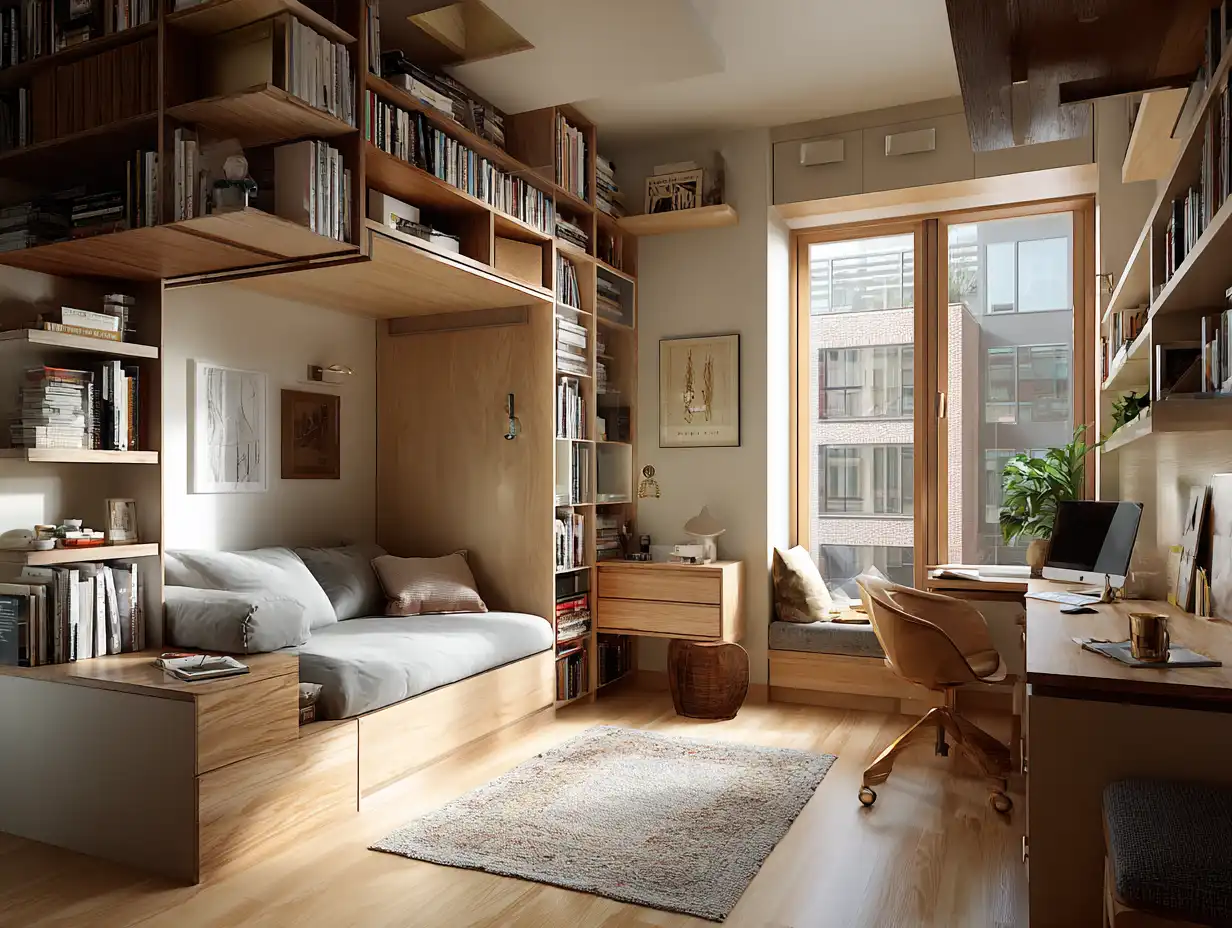
Understanding Small Spaces
Small spaces present unique challenges and opportunities. By understanding their characteristics, we can effectively maximize their potential.
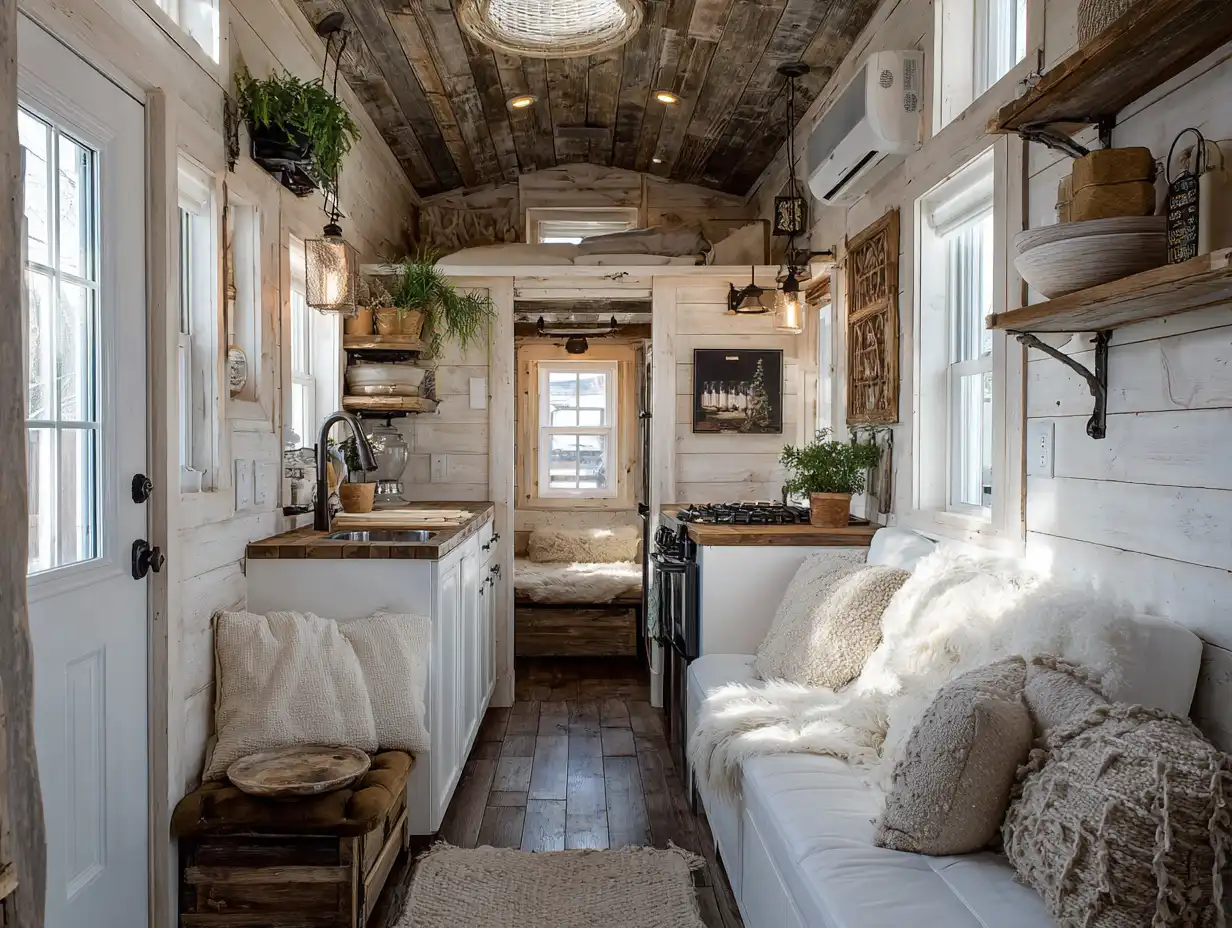
Definition and Characteristics
Small spaces typically refer to areas with limited square footage, such as studio apartments, tiny homes, and compact offices. Common characteristics include:
- Limited square footage: These spaces often measure less than 500 square feet.
- Functional constraints: They require efficient use of every square inch for comfort and utility.
- Flexibility: These areas often benefit from multifunctional furniture, allowing services to adapt to various needs.
Importance of Maximizing Space
Maximizing space enhances both functionality and aesthetics, leading to a more enjoyable living or working environment. Key reasons for prioritizing space optimization include:
- Improved organization: Efficient storage solutions reduce clutter and simplify navigation.
- Enhanced comfort: Thoughtfully designed spaces can increase comfort levels, promoting relaxation.
- Versatility: Flexible layouts enable spaces to accommodate different activities, from hosting guests to working.
- Increased property value: Effective use of space can elevate the overall value of a property.
By leveraging the characteristics of small spaces and focusing on maximizing their utility, we create environments that are not only practical but also inviting and stylish.
Creative Storage Solutions
Small spaces call for innovative storage ideas that maximize functionality. We can transform our environments with creative solutions that utilize every inch efficiently.
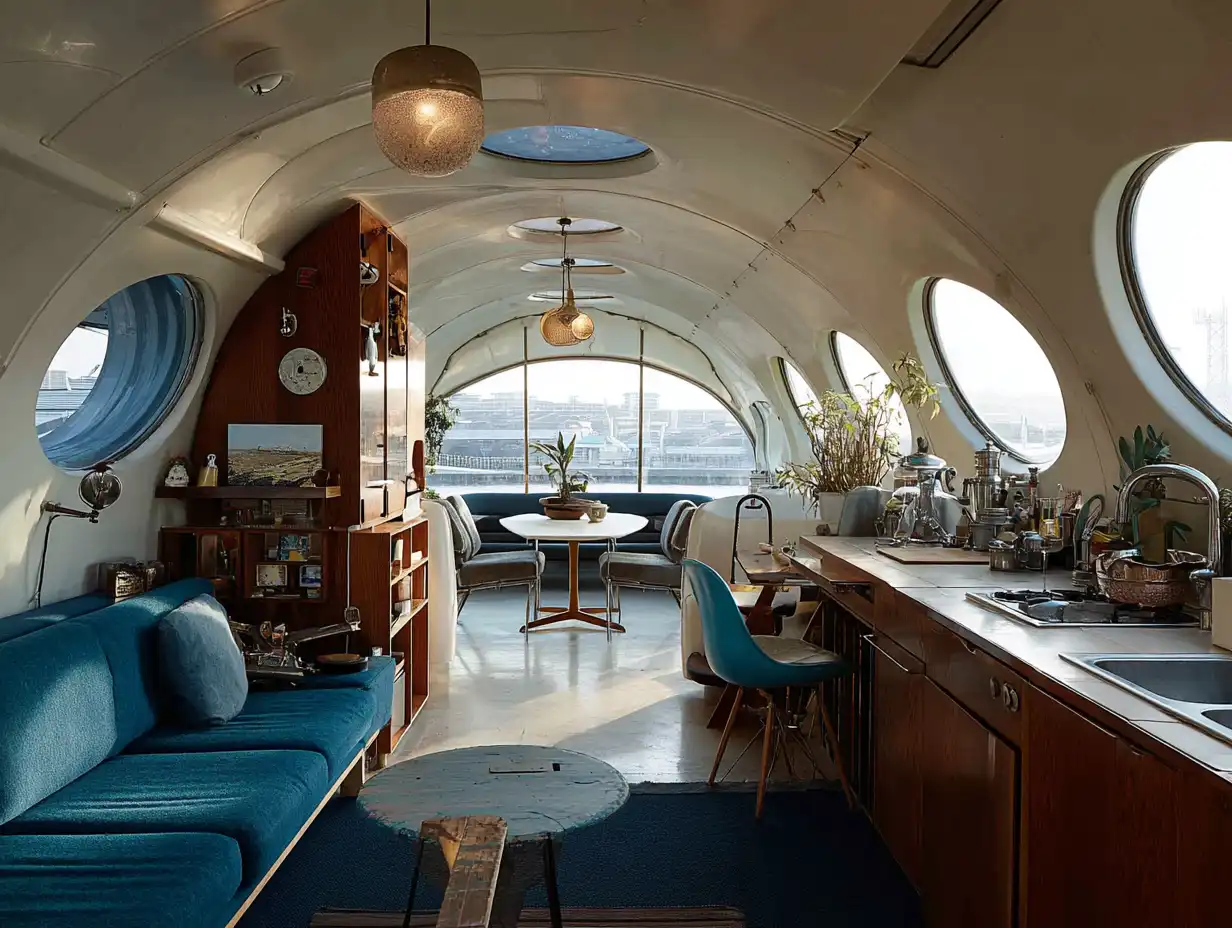
Vertical Storage Ideas
Utilizing vertical space optimizes storage and declutters surfaces. Options include:
- Wall Shelves: Installing shelves above furniture provides storage for books, decorative items, or plants, adding visual interest while saving floor space.
- Pegboards: Using pegboards in kitchens, offices, or workshops allows us to hang tools, utensils, and supplies, keeping items accessible and organized.
- Over-the-Door Racks: Applying racks or hooks on doors maximizes otherwise unused space for storing accessories, cleaning supplies, or pantry items.
- Tall Cabinets: Installing tall cabinets can conceal items and take advantage of vertical ceiling height, making small rooms feel more spacious.
Multi-Functional Furniture
- Sofa Beds: Choosing a sofa bed accommodates guests without taking up additional space.
- Storage Ottomans: Opting for ottomans with hidden storage allows us to keep blankets or games while serving as seating or footrests.
- Folding Tables: Using collapsible or expandable tables creates room for dining or working when needed, while stowing away when not in use.
- Murphy Beds: Installing a Murphy bed optimizes square footage, allowing a living area to transform into a bedroom, thus maximizing the functionality of the space.
Room-Specific Tips
We can enhance the functionality of small spaces by tailoring our approach to each room’s specific needs. Below are useful strategies for optimizing living rooms, kitchens, and bedrooms.
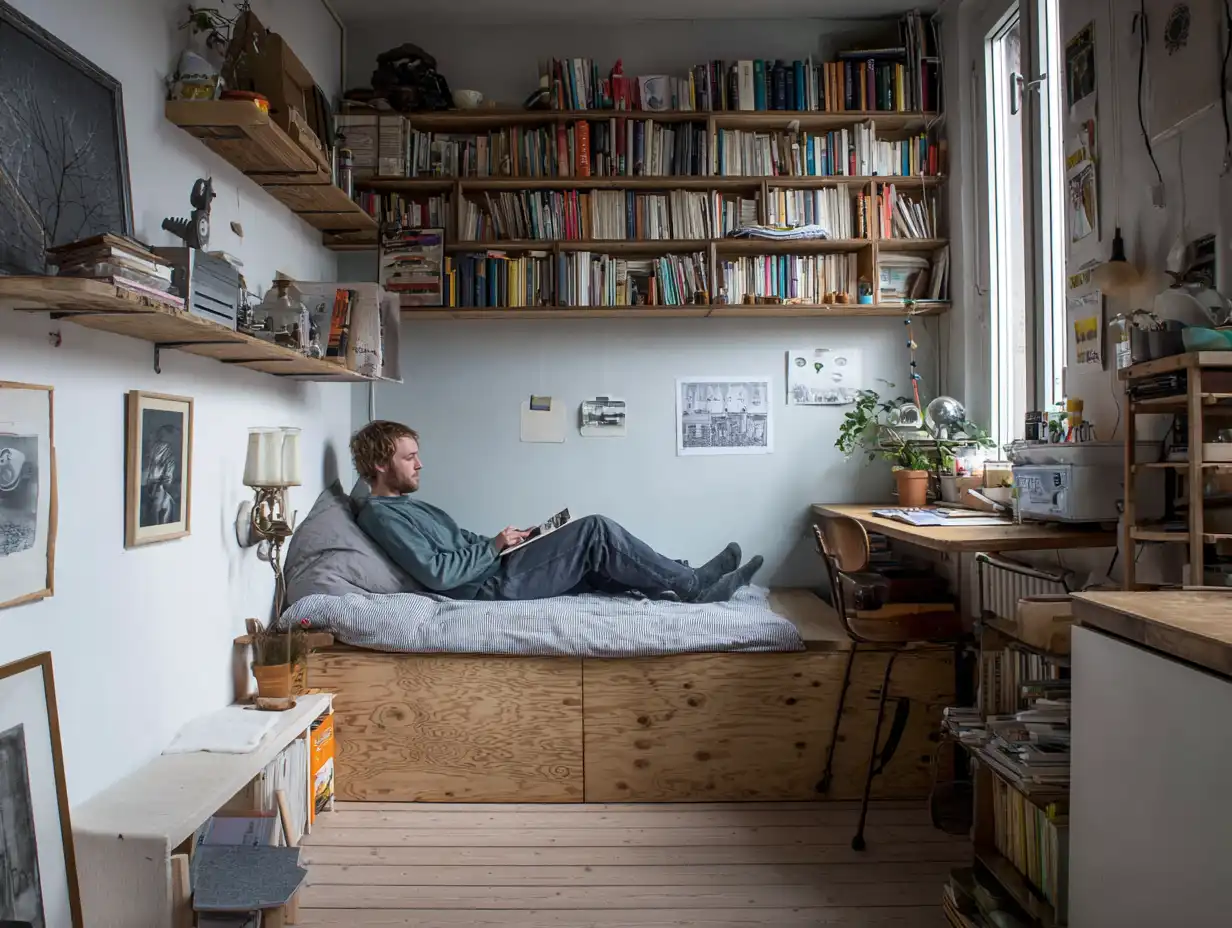
Living Room
- Incorporate Multi-Functional Furniture: Use sofa beds, ottomans with storage, and nesting tables. These pieces provide seating, sleeping, and surfaces without taking up excessive room.
- Utilize Vertical Space: Install shelves above furniture and incorporate wall-mounted entertainment systems. This keeps the floor clear and maximizes surface areas.
- Create Zones: Use area rugs to define distinct spaces for resting, working, or entertaining. This adds organization and depth to the living area.
- Limit Accessories: Choose a few standout decorative items to avoid clutter. This maintains a clean and open feel while allowing us to express our style.
Kitchen
- Employ Space-Saving Appliances: Select compact and multi-use appliances like a toaster oven or an Instant Pot. These save counter space while fulfilling multiple functions.
- Maximize Cabinet Space: Use stackable storage bins and pull-out shelves. This increases accessibility and keeps ingredients organized without overcrowding the cabinets.
- Install Magnetic Strips: Attach magnetic strips for knives and spice jars on walls. This frees up counter space and keeps essentials within easy reach.
- Create a Dining Nook: Use a small, extendable table against the wall or in a corner. This fosters a cozy eating area that can be tucked away when not in use.
Bedroom
- Choose Under-Bed Storage: Utilize bins or drawers under the bed for seasonal clothing or other items. This keeps the bedroom organized and clutter-free.
- Implement Wall-Mounted Solutions: Use wall sconces instead of bedside lamps. This expands floor space and offers stylish lighting solutions.
- Minimize Furniture: Opt for a streamlined design with only necessary furniture like a bed and a small nightstand. This creates an inviting and open atmosphere.
- Incorporate Mirrors: Use mirrors to reflect light and make the space appear larger. Strategic placement enhances brightness and depth in the bedroom.
These room-specific tips help us optimize small areas, making them both functional and stylish.
Design and Aesthetic Considerations
Design and aesthetics significantly influence how we perceive and utilize small spaces. Thoughtful choices in color schemes and lighting techniques can transform compact areas into inviting and functional environments.
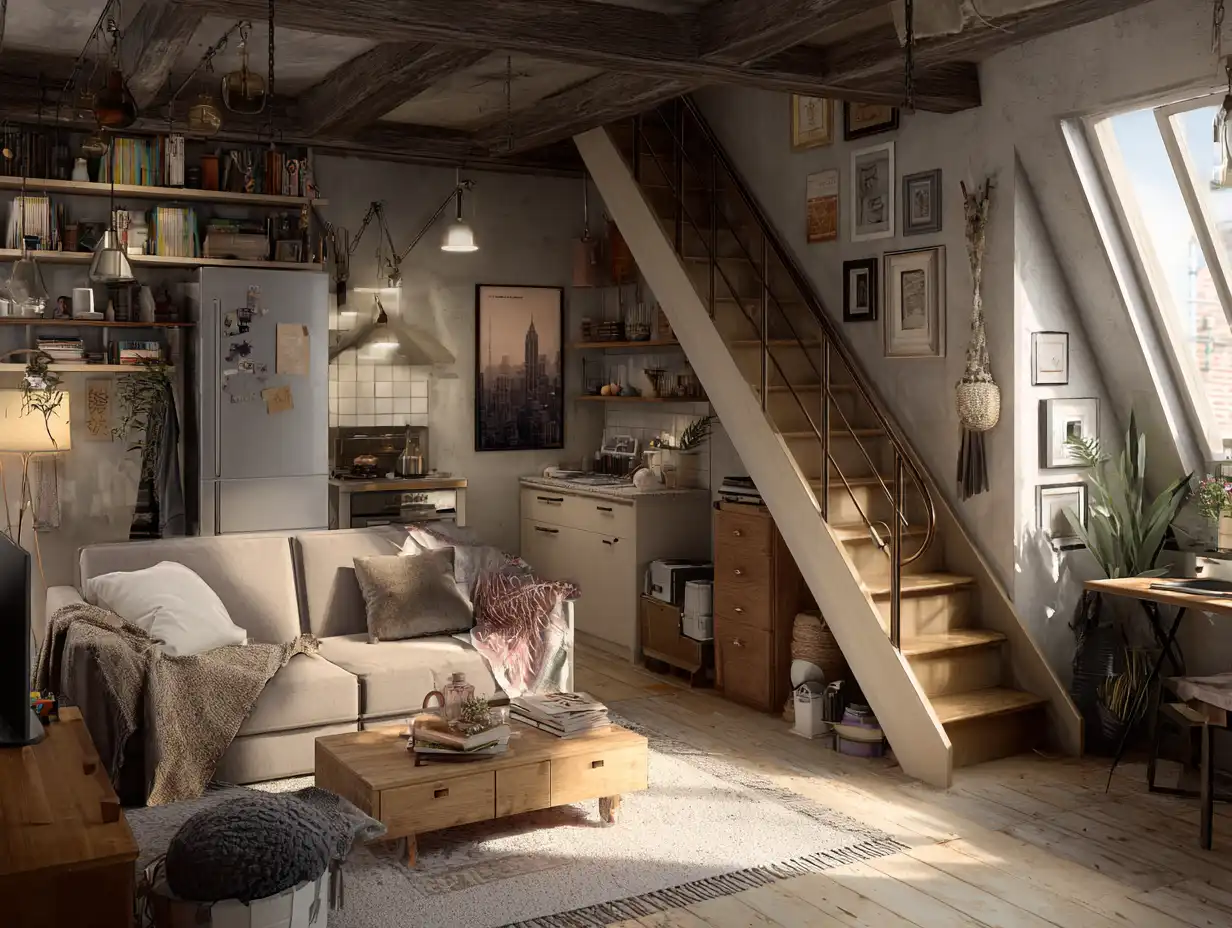
Color Schemes
Color schemes can create an illusion of space and enhance the mood of a small area. Light colors, like soft whites, pastels, or pale grays, reflect natural light, making spaces feel larger and more open. We recommend using a monochromatic palette to maintain a cohesive look while adding depth through varying shades. Accents of brighter colors can provide interest without overwhelming the senses. For instance, consider incorporating colorful throw pillows or artwork to punctuate neutral backgrounds. Additionally, using darker colors strategically, such as on an accent wall, can create a sense of coziness while defining spaces.
Lighting Techniques
Lighting techniques play a crucial role in enhancing the functionality and ambiance of small spaces. Natural light should be maximized; use sheer curtains to allow sunlight while maintaining privacy. Layering lighting sources, including ambient, task, and accent lighting, will create a dynamic environment. Recessed lighting or wall sconces can save floor space while providing adequate illumination. Installing dimmer switches allows for adjustable lighting, catering to various moods and activities. We suggest incorporating mirrors to reflect light and visually expand the room, maximizing the feeling of openness while adding style.
Conclusion
Maximizing small spaces requires creativity, strategic thinking, and an understanding of the unique challenges they present. By utilizing vertical storage and multi-functional furniture, we enhance both the utility and aesthetics of compact living environments. Tailoring solutions to specific rooms, such as the living room, kitchen, and bedroom, allows us to create functional and inviting spaces that cater to our needs.
In addition, color schemes and lighting play crucial roles in shaping the perception of space. Light colors and effective lighting techniques can magnify a room’s dimensions and evoke a positive atmosphere. Incorporating mirrors amplifies both light and space perception, further contributing to a stylish and functional design.
Understanding these elements empowers us to transform even the tiniest areas into efficient and appealing living spaces, ensuring comfort and style coexist harmoniously.
- compact living ideas
- creative small space solutions
- creative storage solutions
- decorating small apartments
- decorating tips for small spaces
- designing tiny homes
- efficient use of small spaces
- maximize small spaces
- multifunctional furniture ideas
- small apartment design
- small home organization
- small home styling tips
- small room decor
- small space design ideas
- small space interior design
- small space living tips
- small space makeover
- smart small space design
- space-saving furniture
- stylish small spaces


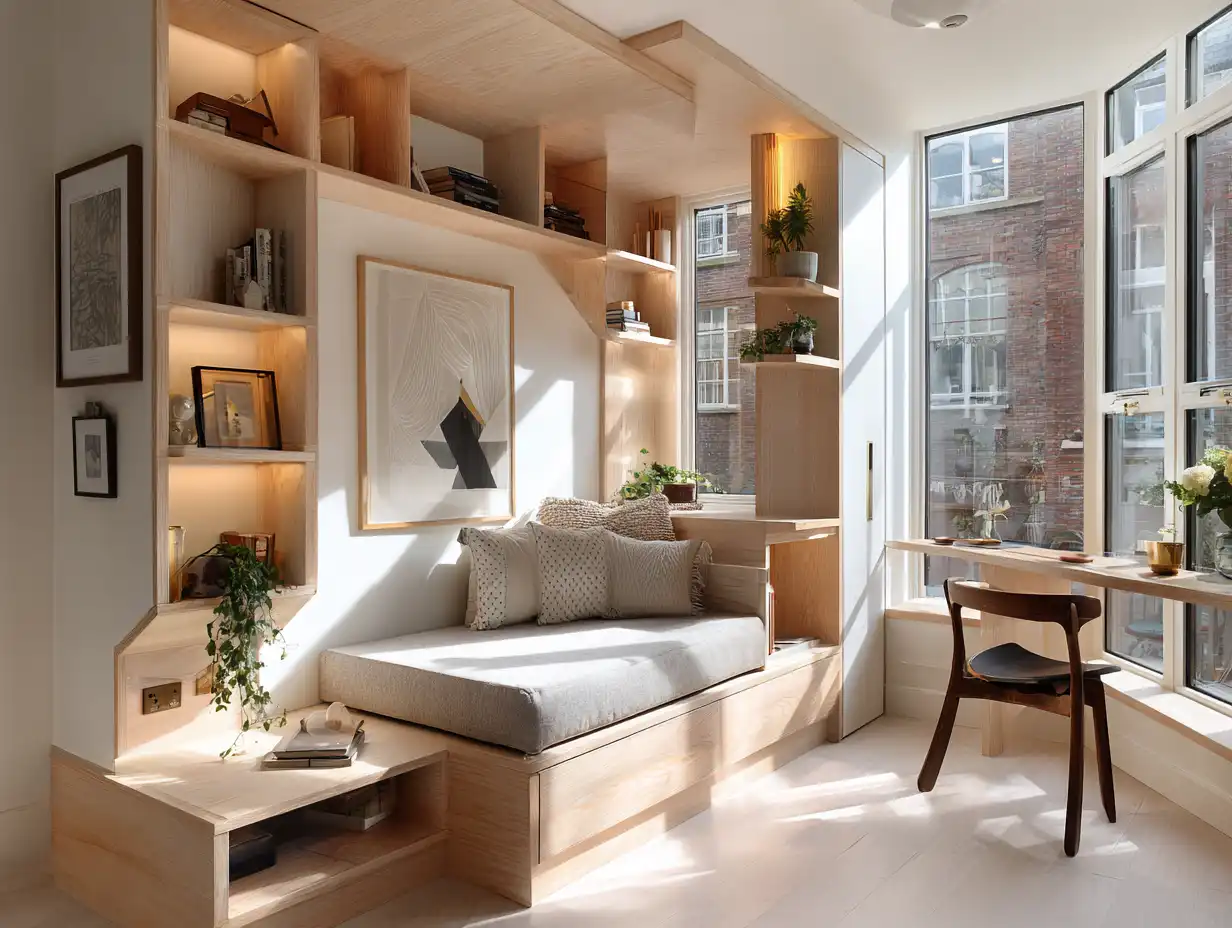













Leave a comment